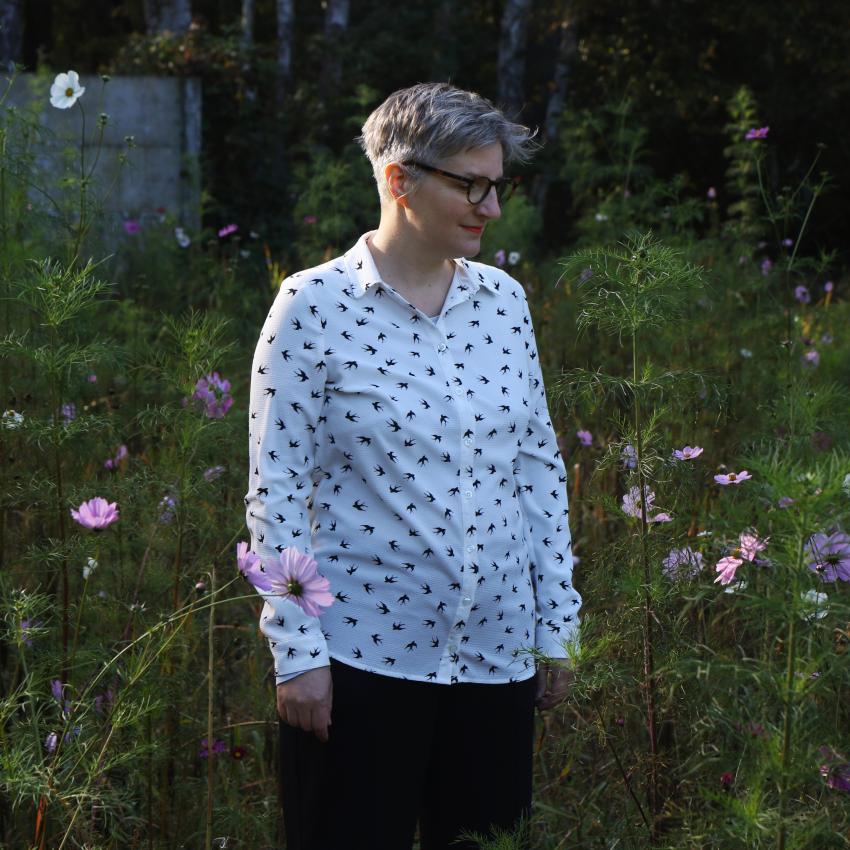
© Photo de Beata Szparagowska
"Sainte-Rose" is the name of a town in Guadeloupe, a colony that remained French. It is also the name given and recognized to Isabelle by her Martinican father. Isabelle was thus surrounded from her childhood by two musical cultures and a unique and rich family background. Coming from a working-class and modest background, her family encouraged her to begin learning the cello at the age of 8.
At 18, she continued her cello studies in Paris and began musicology at the Sorbonne, where she took courses in musical composition. While these studies were very classical and conventional, Isabelle enjoyed exploring the margins and artistic versatility. This led her to study performing music at the CFMI Paris 11, where she discovered improvisation and began making music with everyday objects and sounds, both live and recorded. She also took composition classes there (Abril Padilla, Ivan Khaladji, Sylvain Kassap).
Since arriving in Brussels in 2008, she has led educational activities with a wide variety of audiences and contexts, from schools with disadvantaged children to Bozar and the ONB, for which she designs and leads educational concerts.
At the same time, she continues improvisation, a large experimental space and sound laboratory, which allows her to work on other performance techniques and types of listening and to develop her creativity (Duo Life is Knife, concerts and improvised music festivals). Exploring the links and differences between improvisation and composition, she created her first open composition in 2013, in the form of a sound game with objects, at the MIM. She then composed her first piece, "Reflets mirage," for cello and recording, followed by "Souffles et cris" for four cellos in natural quadraphony.
A synesthete, she composes like a sound artist, varying materials, shapes, densities, spaces, and contours. Her creations are conceived as sound sculptures in which the audience and performers are immersed, allowing for different types and listening devices. Sensoriality is essential in her work, which is based on movement and stillness and on the different ways of emitting and perceiving sounds in time and space.
Throughout her pieces, the notions of simplicity and complexity intertwine: she draws on her sonic and compositional research, while aiming for the accessibility of her pieces for the audience.
